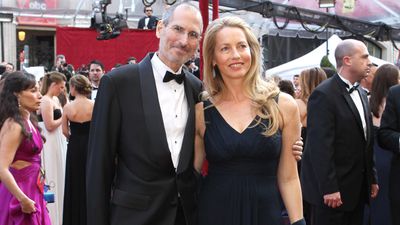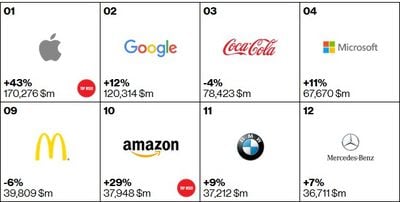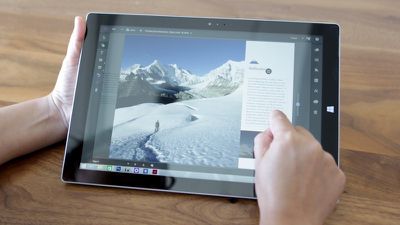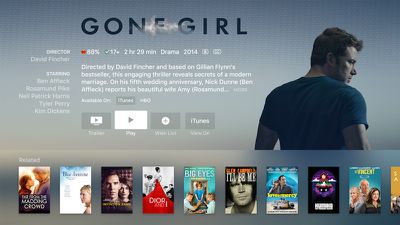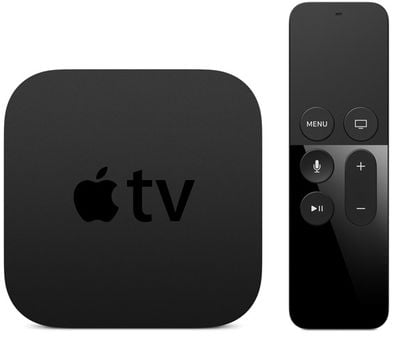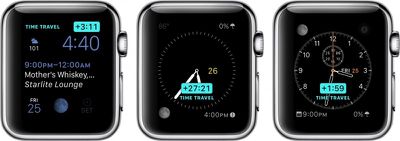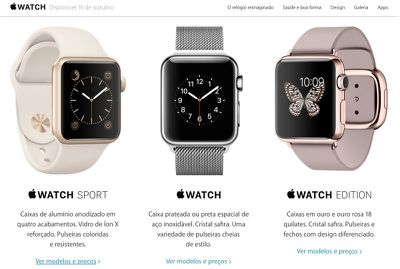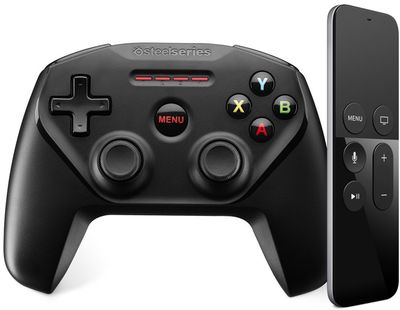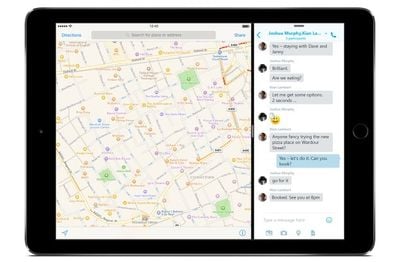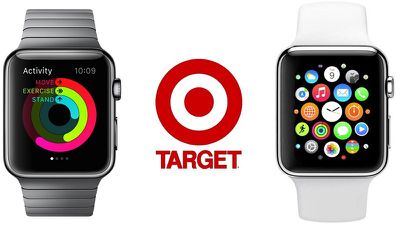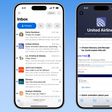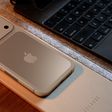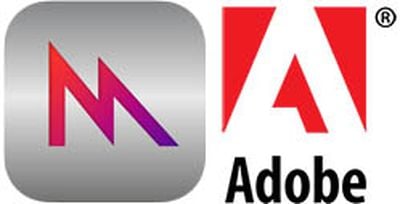 At WWDC 2015, Adobe director of engineering David McGavran demonstrated After Effects and Illustrator on Mac integrated with Metal, Apple's new high-performance graphical acceleration API on OS X El Capitan. At the end of the demo, he said that Adobe is committed to bringing Metal to multiple Creative Cloud apps on Mac.
At WWDC 2015, Adobe director of engineering David McGavran demonstrated After Effects and Illustrator on Mac integrated with Metal, Apple's new high-performance graphical acceleration API on OS X El Capitan. At the end of the demo, he said that Adobe is committed to bringing Metal to multiple Creative Cloud apps on Mac.
"Adobe is committed to bringing Metal to all of its Mac OS Creative Cloud applications, such as Illustrator and After Effects I showed you today, as well as Photoshop and Premiere Pro. We are very excited to see what Metal can do for our Creative Cloud users."
Adobe has since changed its tune about its commitment to Metal on Mac, however, as Adobe product manager Todd Kopriva this week said in the Adobe Communities that the company has not made a commitment to Metal or any other GPU acceleration technology at this time.
"We are currently exploring various technologies for GPU acceleration, and Metal is one possibility, but we have made no commitment to any specific GPU acceleration technology at this time."
Kopriva admitted that Adobe "sent a confusing message" about its commitment to Metal.
"I am the person who makes the commitments for After Effects. The person who did the demonstration was a member of of our engineering team demonstrating the results of an experiment," said Kopriva. "I certainly agree that the engineer who spoke on the Apple stage sent a confusing message. At this point, the best that I can do---as the leader of the After Effects team---is to clarify the reality, which I have done above on this thread."
Adobe's demo included Illustrator's rending engine built on Metal, which allowed for continuous zoom, while After Effects had up to an 8x performance improvement in rendering and reduced CPU usage with Metal.
Metal is available for both iOS and OS X developers, with documentation, sample code and video tutorials available on Apple's website.
Update: Adobe provided the following statement to MacRumors:
Adobe is firmly committed to performance because it accelerates creativity - Adobe is also firmly committed to the Mac platform. We share as much as we can about the directions we’re exploring and will continue to try and set realistic expectations about when specific advancements will come to market. When we demonstrated what was possible with Apple’s Metal technology, we made a clear statement - which I repeat here: “Adobe is committed to bringing Metal to all of its Mac OS Creative Cloud applications, such as Illustrator and After Effects I showed you today, as well as Photoshop and Premiere Pro. We are very excited to see what Metal can do for our Creative Cloud users."
(Thanks, Chris!)


